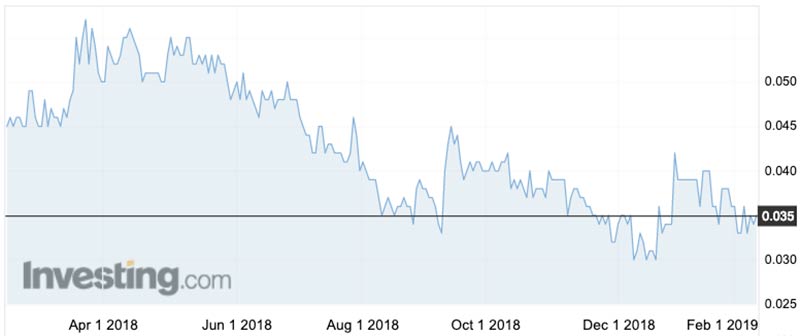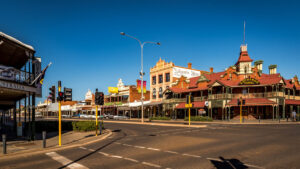Barra reels in big cobalt and nickel recoveries at Mt Thirsty

Picture: Getty Images
Barra Resources has boosted the amount of nickel and cobalt it can extract from ore, improving the economics of its Mt Thirsty project and mitigating the “temporary dip in cobalt spot pricing”.
The Mount Thirsty cobalt-nickel project in Western Australia is a joint venture between Barra (ASX:BAR) and Conico (ASX:CNJ).
The JV, which is currently knee-deep in pre-feasibility studies, has boosted cobalt recoveries to 85-88 per cent, and nickel to 32-37 per cent.
A 2017 scoping study was based on far lower recoveries of 73 per cent for cobalt and 21 per cent for nickel.
Barra reckons this means far higher project revenues for minimal additional cost.
Miners usually undertake up to four different types of studies to see whether or not a resource can be mined economically. These are – in order of importance — scoping, preliminary feasibility (PFS), definitive feasibility (DFS) and bankable feasibility (BFS).
Barra chief Sean Gregory says these new results will go a long way to mitigate the present temporary dip in cobalt spot pricing.

The scoping study used a life of mine average cobalt price of $US72,200 per tonne, and nickel price of $US15,500/t.
The price for cobalt metal has corrected over the last 12 months from a high of $US90,000/t in March to about $US38,000/t today.
Nickel also plummeted in 2018, but there are signs of a recovery this year with prices currently sitting at about $US12,900/t.
The scoping study estimated start-up costs of $212 million with potential to produce up to 27,000 tonnes of cobalt and up to 35,000 tonnes of nickel over a 21-year mine life.
- Subscribe to our daily newsletter
- Bookmark this link forsmall cap news
- Join our small cap Facebook group
- Follow us on Facebook or Twitter
UNLOCK INSIGHTS
Discover the untold stories of emerging ASX stocks.
Daily news and expert analysis, it's free to subscribe.
By proceeding, you confirm you understand that we handle personal information in accordance with our Privacy Policy.








